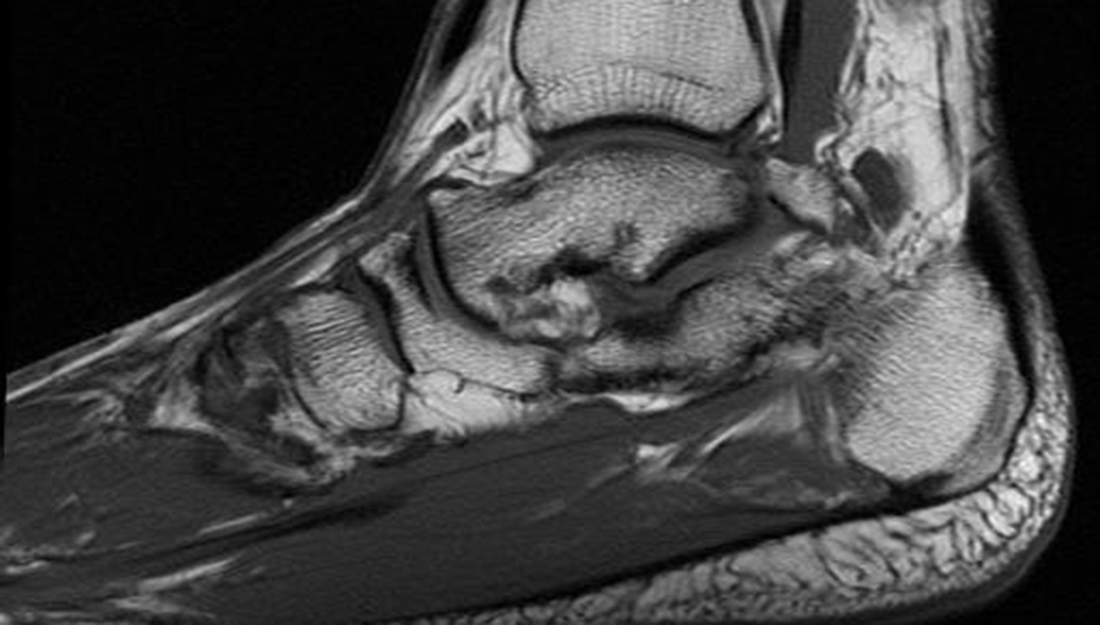- Christina Sumners
- Medicine, Research, Show on VR homepage
Surprising results: Obesity, alcohol abuse and broken bones
As clinical researchers look for the best ways to help obese surgical patients, they find an unexpected new association

It may seem obvious that obese patients with broken ankles would be slower to heal and tend to suffer more complications than their slimmer counterparts. However, when a group of podiatrists and other researchers put this idea to the test, what they found surprised them.
Instead of obese people showing higher rates of nonunion, a particular type of problem after a bone fracture in which the break doesn’t heal itself properly, the researchers found their risk no higher than the general population. However, their findings did show an association between alcohol consumption and bone healing complications after foot and ankle fractures, according to their study published in The Journal of Foot & Ankle Surgery.
“Obesity is becoming more common every day, and previous reports show compromised metabolism of bone in obese patients,” said Naohiro Shibuya, DPM, MS, FACFAS, a professor at the Texas A&M College of Medicine and a practicing podiatrist at the Central Texas Veterans Health Care System’s Olin E. Teague Veterans’ Medical Center and at Scott & White Medical Center in Temple, Texas, and a co-author of the study. “Though the density of the bone may be higher, the quality has been known to suffer in obese patients.”
That’s because obesity has shown to produce more inflammatory cytokines, molecules that tend to have the effect of breaking down the bone. People who are obese also tend to have lower levels vitamin D, which is an essential factor for bone metabolism. “Patients with a high BMI (body mass index) also have more force applied to the area of surgery and hence more disturbance,” Shibuya said. “On the other hand, obese patients can be less active, and the inactivity has been shown to be protective against fractures.” In other words, there are a variety of factors that may affect the bones of obese individuals, some helpful and some harmful.
This is why Shibuya and his colleagues decided to test, in a systematic way, whether a decrease in bone quality affects how well the bones of the foot and ankle—which bear a great deal of body weight—heal after a fracture does occur. “If bone healing was affected by this poorer quality, we ought to adjust our care of obese patients, perhaps changing the hardware we use to fix the bone or how long we encourage them to avoid putting weight on the foot/ankle after surgery,” Shibuya said. “However, our study did not show any association of bone healing and obesity.”
Instead, they did find that patients with a current alcohol problem or a history of an alcohol problem might have a greater risk of nonunion. “Alcohol has been shown to result in nutritional deficiency and neuropathy, both of which are extremely detrimental to healthy bone metabolism,” Shibuya said. “There are some bench studies that showed possible links between alcohol use and bone metabolism, but not much has been studied clinically on this topic.”
Because this research showed an association, not a causation, it’s impossible to know at this point whether the alcohol itself causes lack of proper bone healing, although knowing someone’s alcohol history might eventually help surgeons provide specialized care to help prevent complications. It’s also too early to determine the quantities of alcohol that cause a problem, but that could be an area of future research. “We’d like to know more about the effect of alcohol in bone healing,” Shibuya said. “It is very common to make a patient quit smoking before elective foot and ankle bone procedures, but we many times don’t address the alcohol habit. If alcohol use is a risk factor for bone healing, then we want to know how much it affects, compared to smoking or other factors.”
Still, this study does help to eliminate obesity as one of the factors that need to be considered. “We were not necessarily surprised by the results regarding obesity: Bone diseases like osteoporosis have poor bone quality, but patients with this condition don’t necessary heal a fracture any slower,” Shibuya said. “What we were surprised about was the incidental finding on alcohol.”
Media contact: media@tamu.edu


